Blackjack Insurance Guide: Is It Worth It?
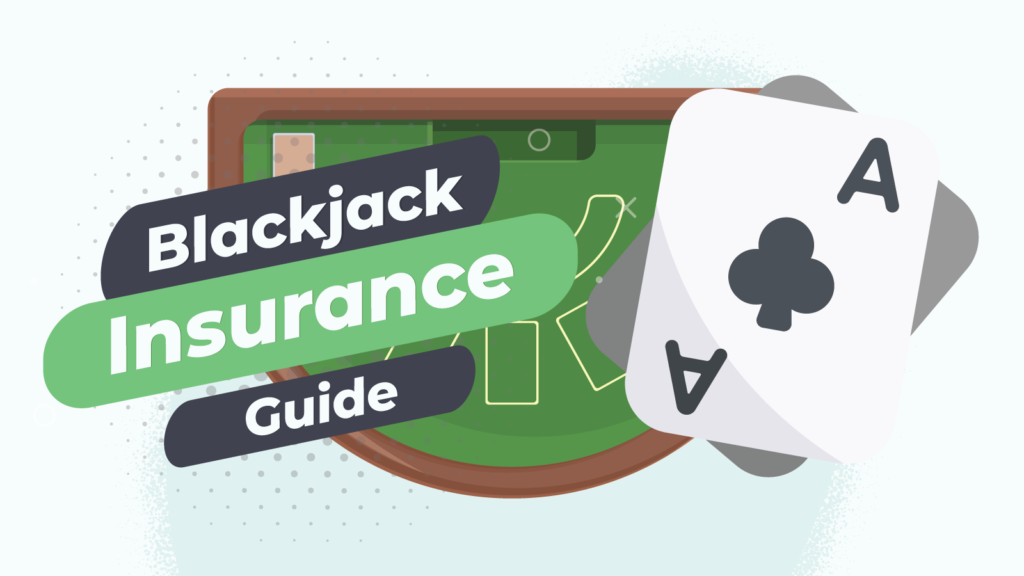
Blackjack insurance is a popular side bet of the game, making the lists of many live betting strategy guides. Even so, it is pretty controversial – find out why.
-
What is insurance in Blackjack?
-
When should you take insurance in Blackjack?
-
Know when to avoid insurance
-
Blackjack insurance examples
-
Insurance bet odds
-
Is Blackjack insurance worth taking?
What is insurance in Blackjack?
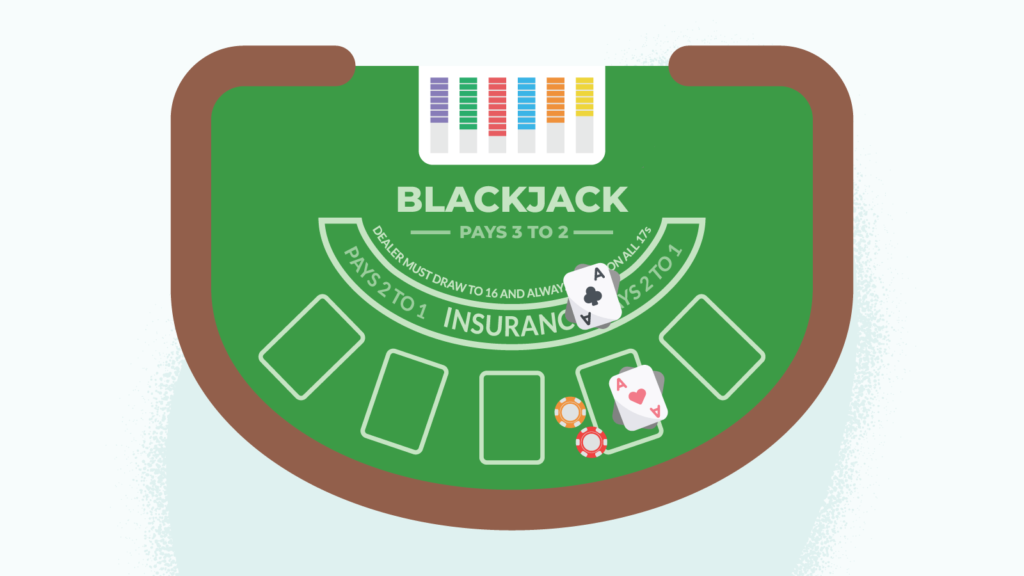
This is a side bet you can place if the dealer’s face-up card is an Ace. Players go for it on the chance that the dealer’s hidden card may be ten-value, which along with the Ace, could give him a Blackjack.
However, such a wager is not free. It costs half the value of your initial bet and pays 2:1.
How does insurance work in Blackjack?
If you wager $20 and the dealer’s up-card is an Ace, you can go for this side stake at a $10 cost.
Should your assumption be correct and the croupier has a point total of 21, you will win $20 from the wager.
Risks
If the dealer has any other point total, you will lose your $10 insurance stake. Your main wager is still safe as gameplay continues.
When should you take insurance in Blackjack?
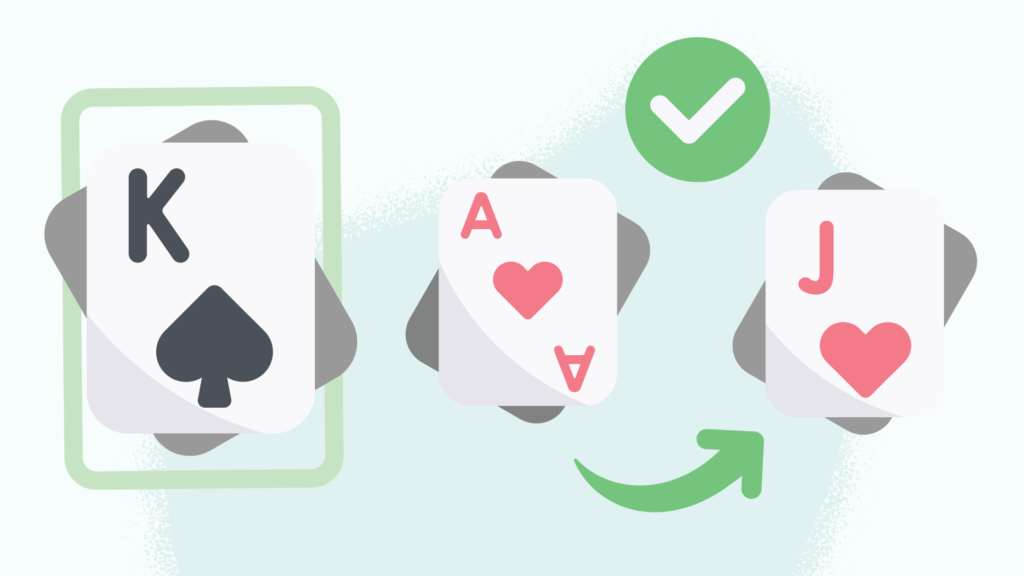
Most professionals see this wagering strategy as a losing proposition. There is no significant chance of winning unless the dealer has a picture or ten-value card. However, we put together a few situations where you can take the insurance bet Blackjack.
The ideal situations
Take this chance when the dealer shows an Ace up-card, and your hand is 15 or higher.
Even if your side bet loses, you still stand a great chance of winning the round. If your hand survives the dealer’s hole card, you will receive a high payout of 3:2.
Furthermore, we recommend playing Blackjack and other high-stake games at the best online casinos only. This way, you know that the products work fairly, and nobody can collude with your activities.
Know when to avoid insurance
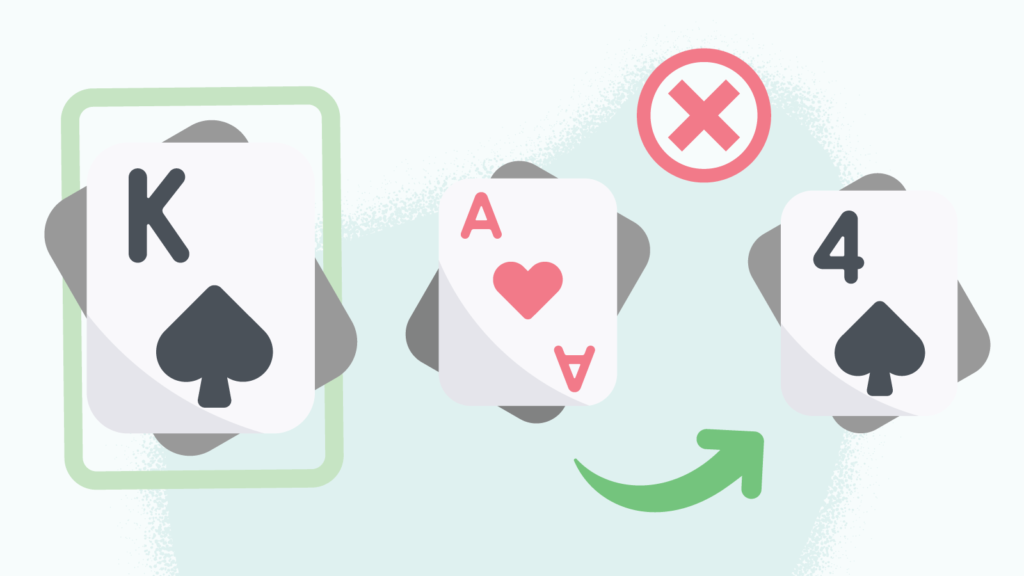
Experts generally advise players not to take this type of side stake.
Even if you are good at card counting and have a substantial bankroll, you should still tread carefully while considering this side bet. Besides, many online casinos are against this type of action in betting. This might make you ineligible for future bonuses or stop you from redeeming your promotional winnings.
This staking scheme is a no-go zone for gambling novices: our recommendation to new users is to check out places where they can play Free Blackjack and get acquainted with the rules.
House edge effects
Many players take the avoidance stance because it does not boost your odds of winning. Instead, it increases the house edge to about 7%. The side wager also decreases your long-term expected return.
Blackjack insurance examples
Winning insurance
- Select your Blackjack variant
- Place your chosen stake, let’s say $20
- The dealer deals you a nine and a King
- The dealer’s face-up card is an Ace
- You take this chance at the cost of $10
- The dealer reveals his second card, and it is a 10-value card, giving them Blackjack
- You win your wager and break-even (From our example, you win $30).
Losing insurance
- You place a wager for $20
- You are dealt a Jack and a 6
- The croupier’s face-up card is an Ace
- You insure your bet for $10
- The dealer’s hole or second card is a 4
- You lose the stake ($10) but continue your hand.
Insurance bet odds
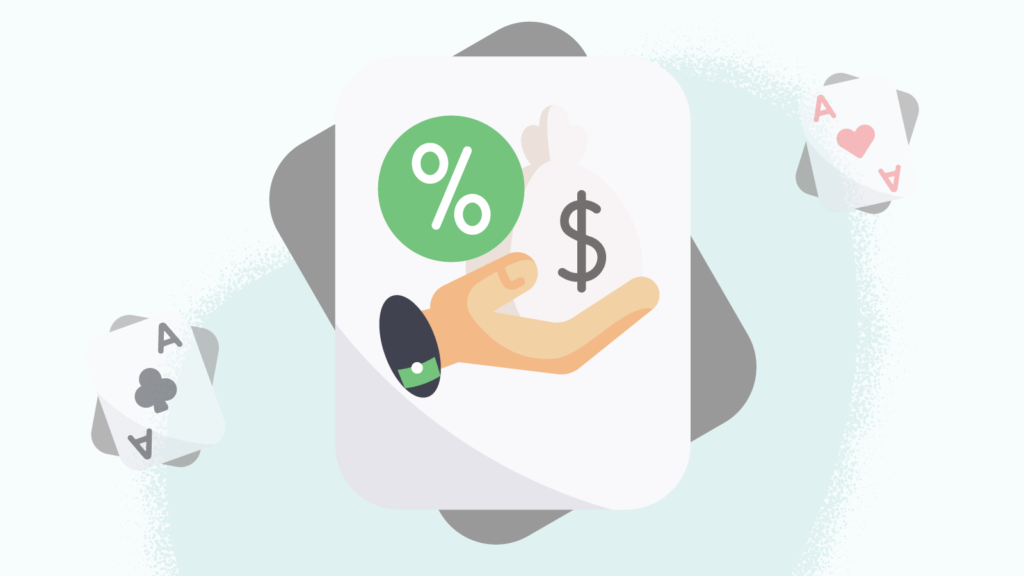
The odds vary depending on the game variant you are playing and other factors. The number of decks and ten-value cards also make a difference.
The more decks there are, the lower the probability of winning the wager. A single deck of cards offers a 5.8% house advantage. Plus, the casino’s edge rises to 7.5% when you play with 6-8 decks.
The odds of winning the side bet are well against the player. This is another reason why it’s advisable not to insure your Blackjack hand.
Is Blackjack insurance worth taking?
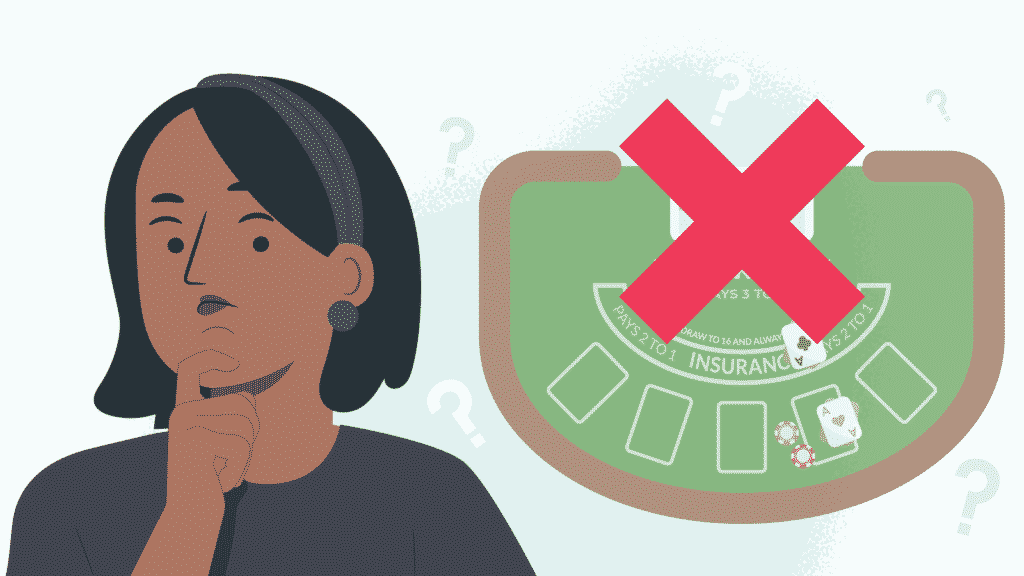
It’s best to avoid this side bet even if you are good at card counting. Since the outcomes are randomized, you will find it very hard to use this skill.
And websites that do not have RNG certification are not safe to play at from the get-go.
Stats & examples
In addition, the tactic favours the dealer one-third of the time. Imagine a best-case scenario where you are playing against the dealer, and he has an Ace card. If your two cards are neither picture cards, it means of the remaining 49 cards, 16 are ten-point.
Long-term effects
Despite having a high chance of winning, it is impossible to maintain this in the long run. So, let’s say you wager $2 on insurance; you will win 16 times and lose 33 times. Each win will give you $4, making a total of $64 in winnings.
However, the 33 losses you incurred at $2 cost each deducts $66 from your bankroll. It erases your winnings and puts you at a loss.
Conclusion
So the perfect answer to when to take insurance in Blackjack is not to take it at all. This gaming tactic is infamous enough to appear as a negative example in how-to-win guides, and for a good reason.